Native Pollinator Gardens
Did you know that Barrie is a Bee City? In spring 2023, we worked with the City of Barrie to plant gardens full of pollinator-friendly plants that are native to Ontario. These gardens will be low maintenance, will conserve water and will provide much needed food sources for insects, birds and animals.
Learn more below about what was planted, including information about each plant with identifying photos, or take an interactive online tour of our native gardens.
Want to learn more about creating your own native garden? Visit pollinatebarrie.ca for garden plans, how-tos, tip sheets, and more.
Native Plants
|
Black-Eyed Susans |
A resilient wildflower that grows well in disturbed or unfavourable environments. Vibrant yellow flowers bloom biennially (every other year), though it reseeds quickly so flowers are seen every year. Best planted in bunches. Compliments rock gardens, ponds, fence lines, or along barn walls. Mixes well with Purple Coneflower and Wild Bergamot. Add a beautiful grass for contrast, such as Indian Grass, or Little Bluestem. Learn more: onplants.ca |
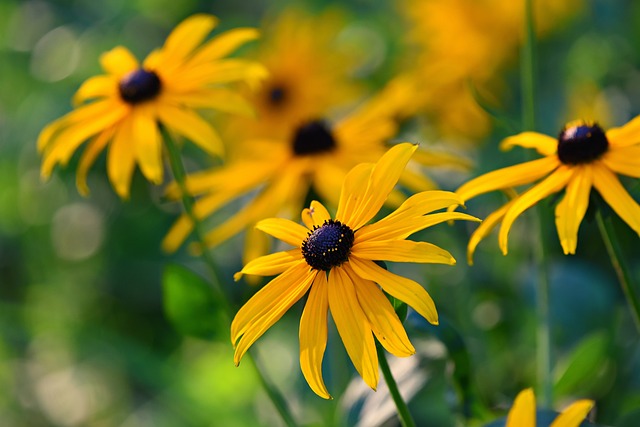 |
|
Prairie Dropseed |
Great, slow growing, short grass that will not overtake your garden. Nice groundcover for hot and dry areas with a unique fragrance that resembles coriander. Beautiful in rock gardens and provides the background to accentuate other perennials. Easy to grow and tolerates a variety of soils, including dry, rocky soil and heavy clays. Mature seeds drop on the ground in fall, but plant does not easily self-seed. Learn more: Onplants.ca |
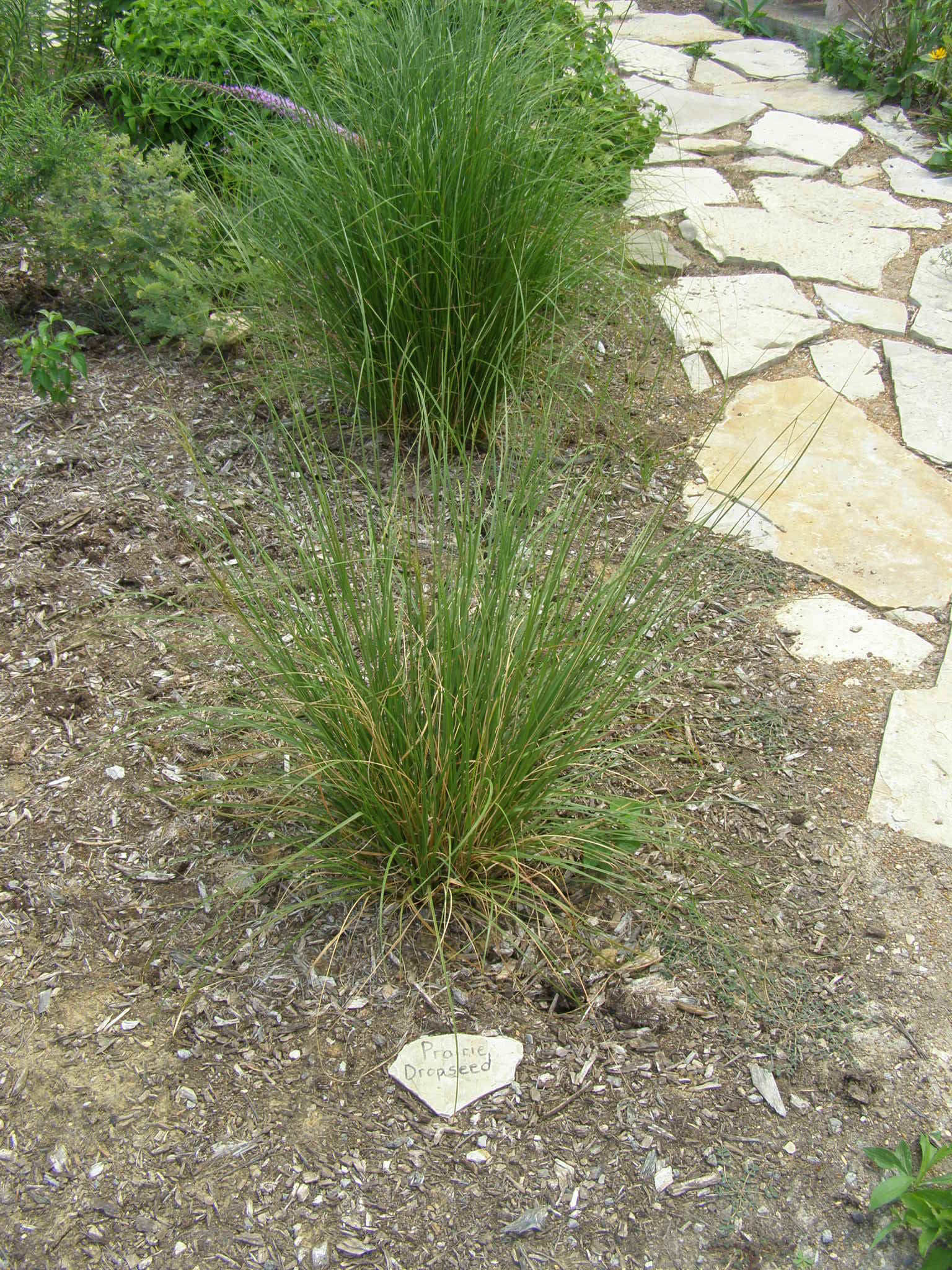 |
|
Purple Coneflower |
An adaptable, easy-to-grow wildflower for your garden. Grows in a variety of soil types and moistures but is intolerant to long, dry periods and might begin to droop. The stunning blooms are long-lasting throughout the summer. Highly attractive to the Monarch butterfly and large seed heads attract small birds later in the season. Grows nicely alongside prairie grasses and Black-Eyed Susan. Learn more: Onplants.ca |
 |
|
Verbena Simplex |
A beautiful wildflower that is becoming increasingly rare in the wild. Charming, lavender flowers begin emerging at the bottom of the raceme in June. New flowers will progressively emerge above the older ones, which gives this wonderful plant a long bloom period. Flower nectar attracts various bees and moths (carpenter bees, cuckoo bees, leaf-cutting bees, green metallic bees, and verbena moths). It is also a host for Common Buckeye butterfly larvae. Learn more: onplants.ca |
 |
|
Green Carpet Juniper |
Juniperus horizontalis, commonly called creeping juniper, is an evergreen shrub that grows along the ground. It is typically found growing in rocky or sandy soils including rock outcroppings, stony slopes, coastal cliffs, prairies, sand dunes and stream banks. It forms a low groundcover that generally rises to 6-18” tall but spreads by long trailing branches with abundant short branchlets to form an often-dense, 4-10’ wide mat. Foliage is typically green to blue-green during the growing season, but often acquires purple tones in winter. Learn more: missouribotanicalgarden.org |
 |
|
Prairie Smoke |
An early blooming native Ontario perennial with a unique twist. The wispy pinkish-purple blooms may remind one of a Dr. Seuss illustration. Great for rock gardens and will survive in hot, dry areas of the garden. Deer resistant and highly attractive for bumblebees. Learn more: notsohollowfarm.ca |
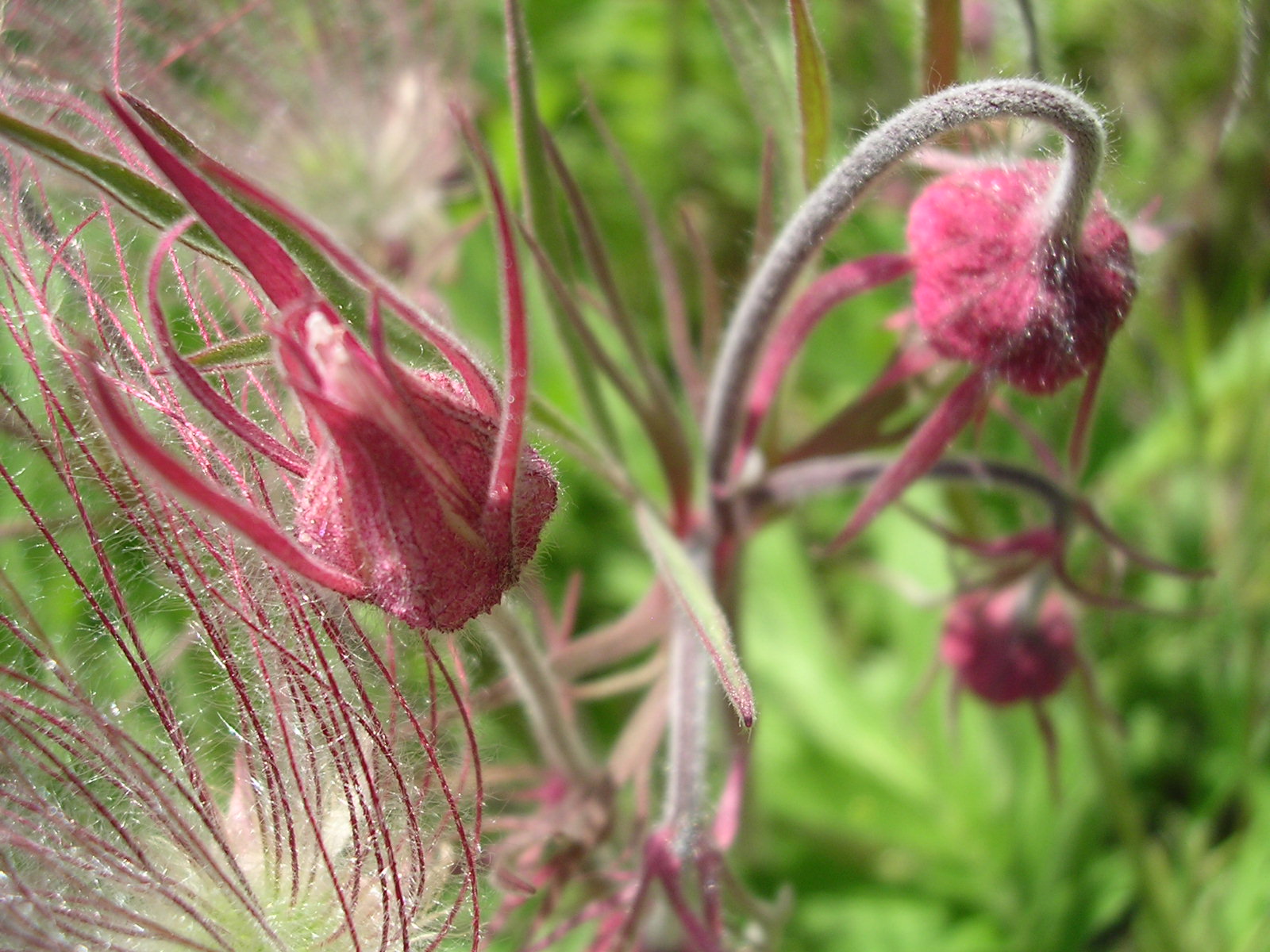 |
|
Yellow-Headed Coneflower |
Add a vibrant pop of sunshine to your garden with this striking flower. Attract pollinating insects and birds. A hardy plant with rough leaves and long-lasting flowers that is easy to grow. Does well in a variety of soil types, including clay. Use it to accentuate your other native, sun-loving perennials such as Purple Coneflower and Cylindrical Blazing Star to achieve a beautiful colour combination. Prairie grasses would also pair well with the coneflower. Learn more: onplants.ca |
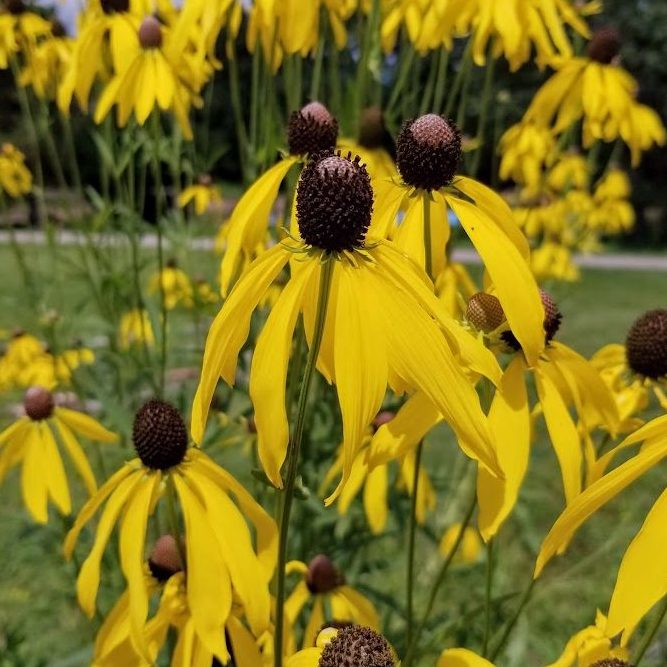 |
|
Common Juniper |
Compressa Juniper is a rigidly narrow and upright accent evergreen for the garden. Very compact and never growing more than a few feet tall, its extremely fine foliage lends a soft texture a solitary accent. Ideal as a rock garden feature. Learn more: meadowacres.ca |
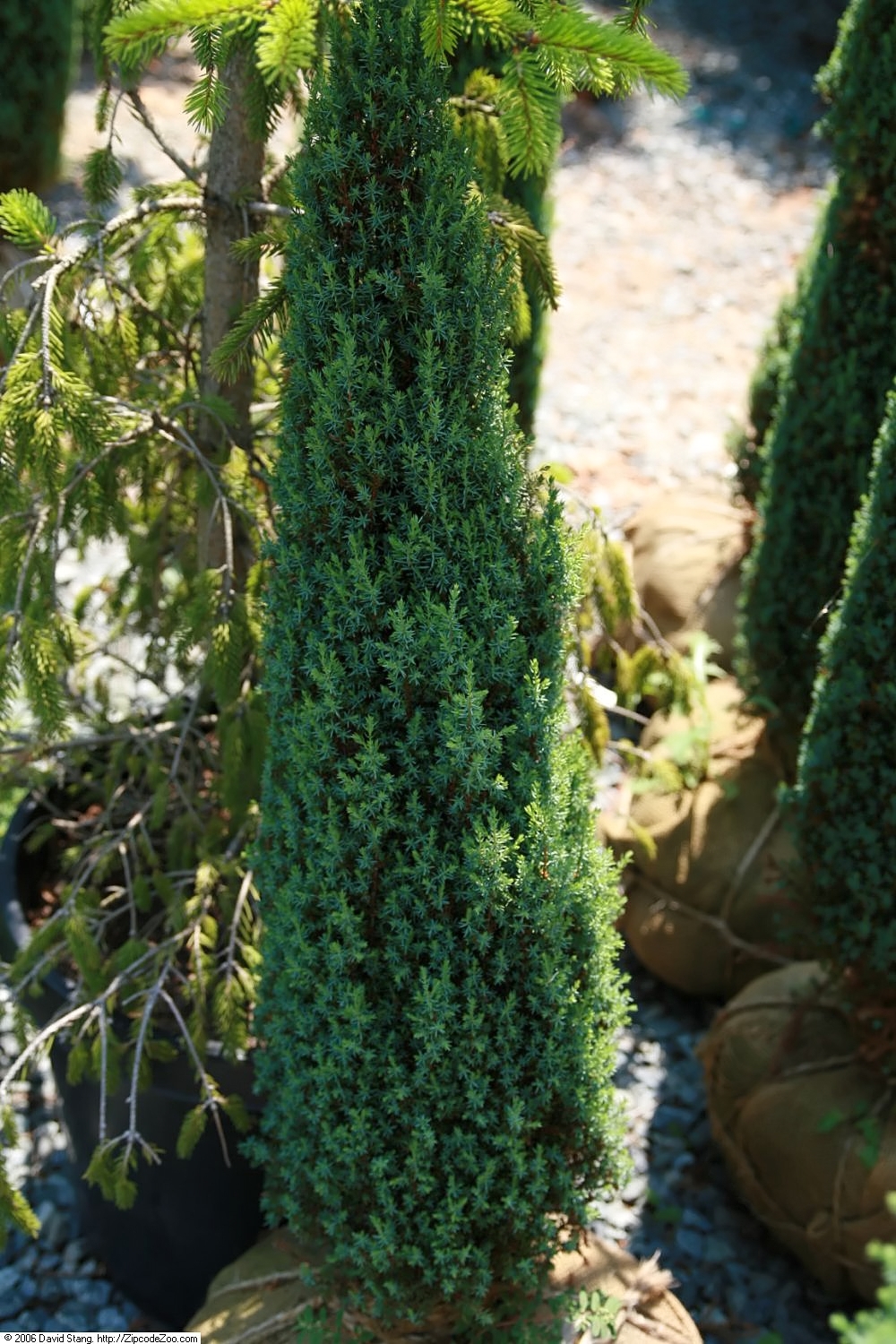 |
|
Common Sneezeweed |
Helenium autumnale, commonly called sneezeweed, is an erect, clump-forming perennial which occurs in moist soils along streams, ponds or ditches. Typically grows 3-5' tall on rigid, winged stems which branch near the top. Features clusters of daisy-like flowers (2" diameter) with wedge-shaped, bright yellow rays (three-lobed at the tips) and dome-like yellow center disks. Flowers appear over a lengthy late summer to autumn bloom. Helenium autumnale is listed as ‘special value to native bees’ since this plant is an important source of late-season pollen. Attracts butterflies, moths, and long-tongued pollinators such as honeybees and bumblebees. Birds feast on seed heads in the fall. Learn more: missouribotanicalgarden.org |
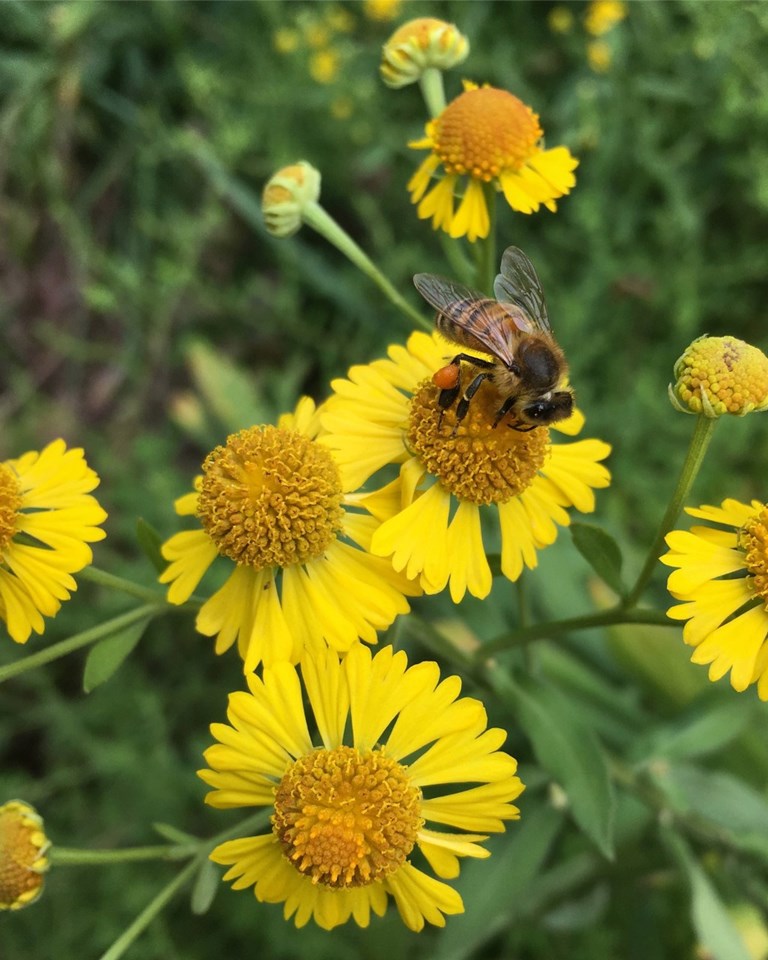 |
|
Culver’s Root |
This large, erect perennial boasts of long, pointy, white flowers. They are displayed in graceful, elegant spikes which are comprised of tiny, tube-like flowers. Grows best in full sun but will tolerate some shade. Enjoys moist soil but will thrive in average garden conditions. Learn more: notsohollowfarm.ca |
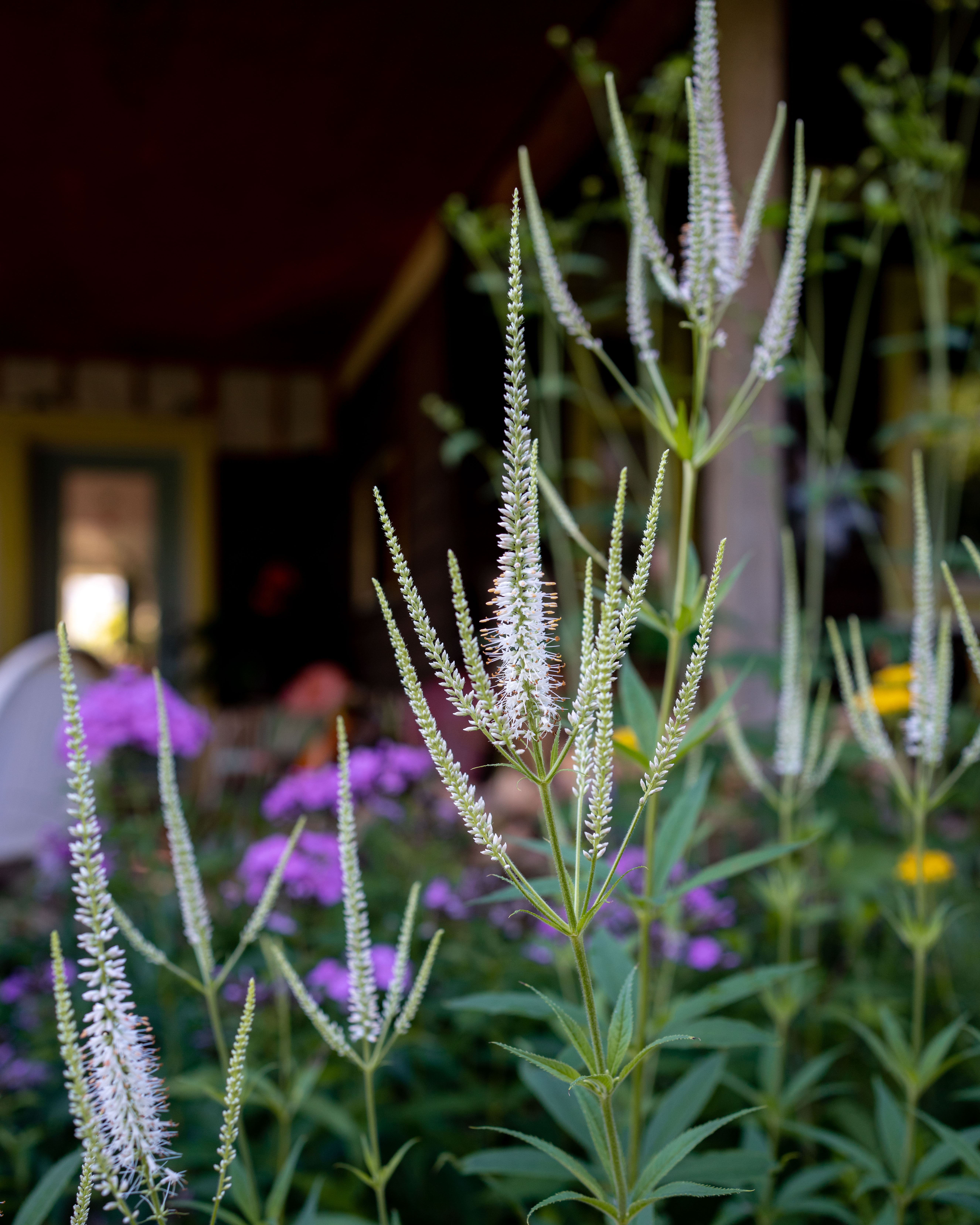 |
|
Joe Pye Weed |
Tall and shrubby, quick-growing perennial requiring little maintenance. Rose-coloured flowers bloom on tall, strong stems and last for several weeks in summer. Blooms attract dozens of butterfly species. Grows best in moist organic soil but can adapt to dryer soil conditions. Avoid overhead watering to prevent powdery mildew. Deer resistant. Learn more: onplants.ca |
 |
|
New Jersey Tea |
Thrives in hot, dry conditions. Drought tolerant and short growing. Roots are nitrogen fixing which enriches the soil where it is planted. Dry the leaves to make tea. This sun-loving shrub produces lovely white flowers that add a sweet fragrance to your garden. Flowers provide a source of food for butterflies. Learn more: onplants.ca |
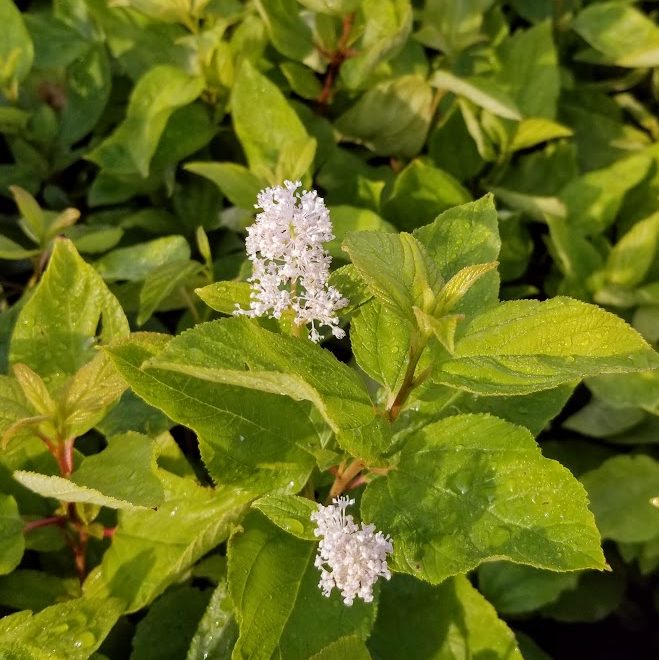 |
|
Switchgrass |
Silky, green-blue leaves and purple, cloud-like seed heads provide a visual delight in mid-summer. A low maintenance grass that tolerates both low and high moisture. Remains in seed from the mid-summer to mid-winter making it a good source of food for the birds. Because of its size, it will need a good portion of garden space to grow. A clump-forming grass that is great for soil stabilization and preventing erosion. A warm-season grass that grows during the summer. Learn more: onplants.ca |
 |
|
Shrubby Cinquefoil |
A popular small garden shrub, Shrubby Cinquefoil is a perennial whose branches remain over the winter, though the leaves die off every fall. Its small, yellow flowers have no noticeable scent, but their nectar is attractive to butterflies, bees, and some flies. Their leaves also provide a food source for some butterfly larvae. These plants require very little care, making them a good choice for revegetation of disturbed areas. | 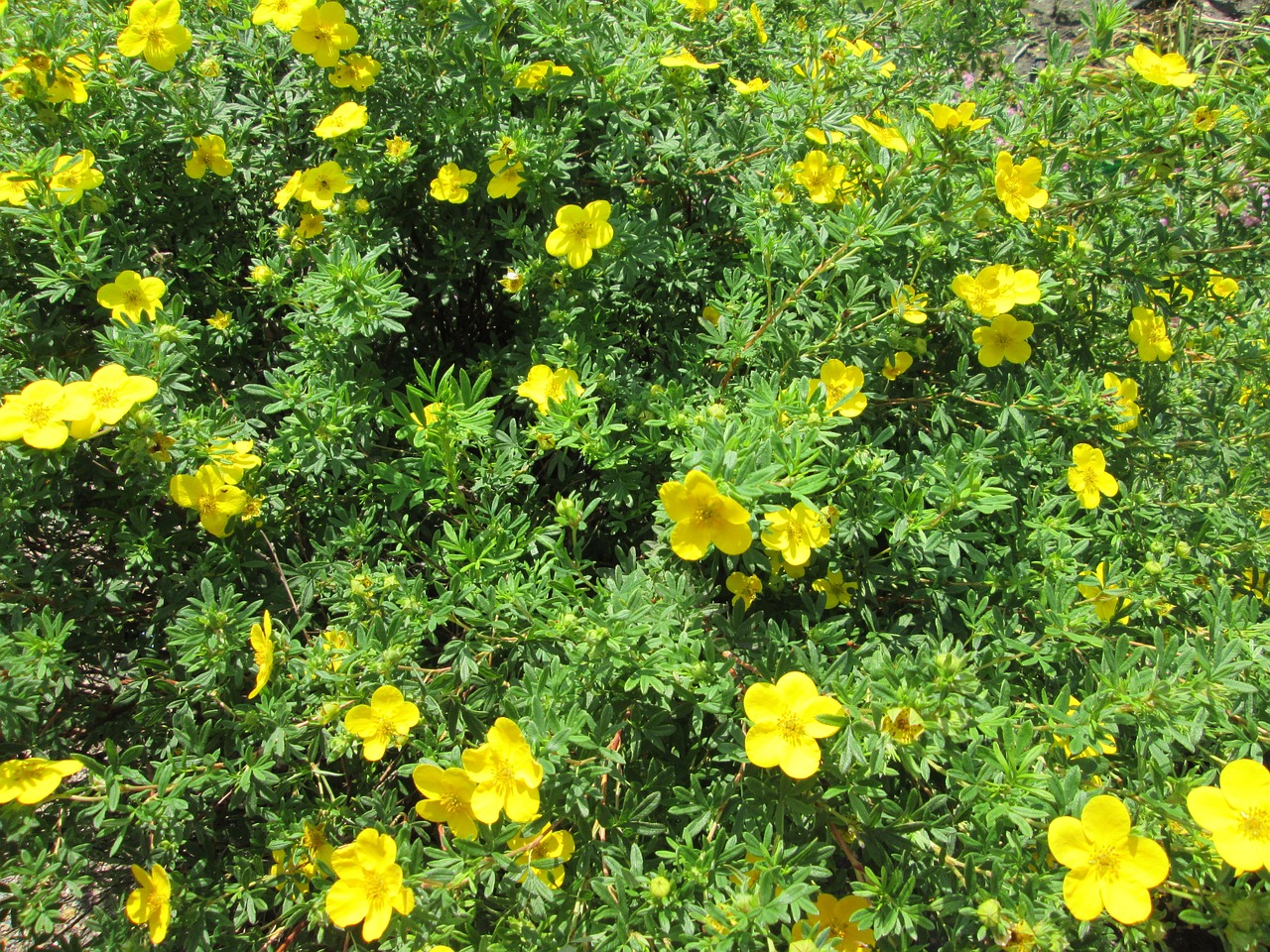 |
|
Dense Blazing Star |
Tall and showy, pink-purple blooms which last most of the summer. Enjoy watching Monarch butterflies and other insects coming for a nectar drink along their journey. Requires more moisture than the shorter Cylindrical Blazing Star. A great plant for full sun locations. Should not be over-fertilized. Excellent as a cut flower. Learn more: onplants.ca |
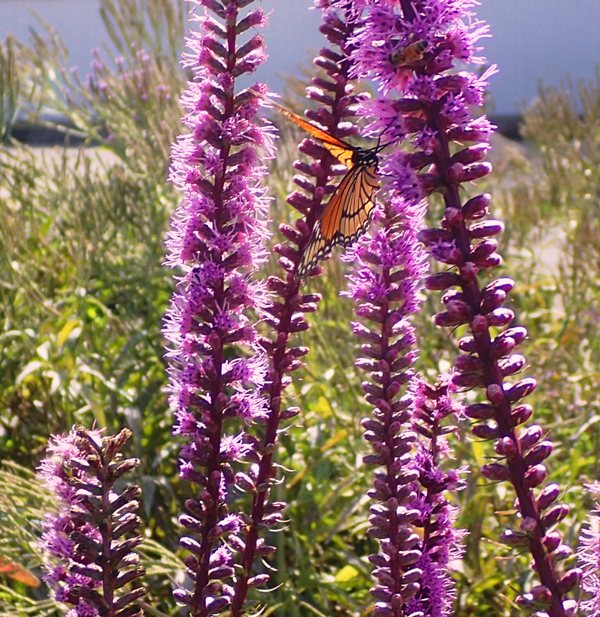 |
|
Spider Flower |
Spidery poufs of flower heads top tall stems in a striking display. The curious looking bloom clusters bring fragrance, soft color and lightness to gardens and large containers. Ideal choice for beds, borders, and cutting gardens. Superb backing plant for mixed borders. Cut flowers are long-lasting in fresh bouquets. Learn more: fflowerscanadagrowers.com |
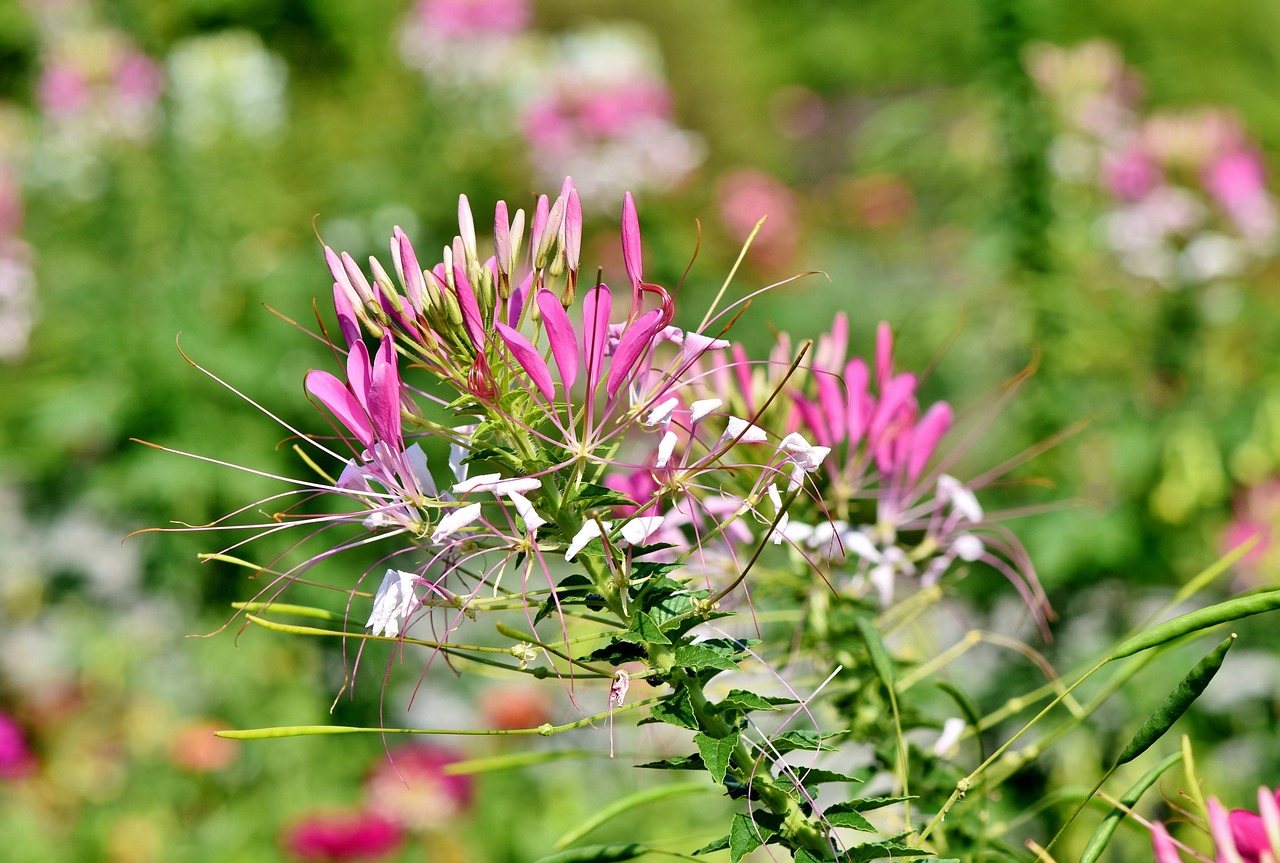 |
|
Mexican Hat Plant |
Ratibida columnifera, commonly called long-headed coneflower or prairie coneflower, is an erect, hairy, clump-forming plant that typically grows to 1-3’ tall. This is an aster family member that is perhaps most noted for the long, cylindrical, center disk of each flower and its deeply cut leaves. Flowers bloom in summer. Each flower features a long narrow center disk (cone to 2” long) with 3-7 drooping yellow rays at the base. Cylindrical center disks are dark brown and somewhat resemble in shape the crown of a slender sombrero, hence the additional common name of Mexican hat. Learn more: missouribotanicalgarden.org |
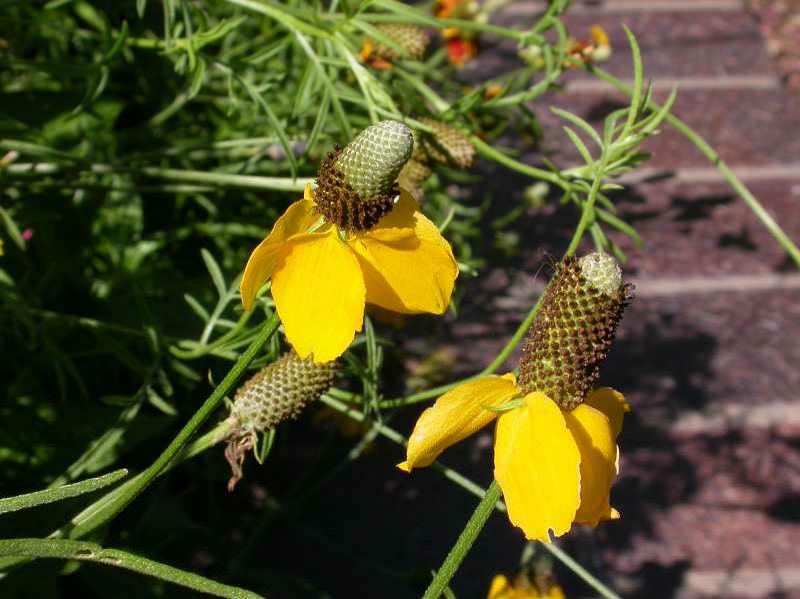 |
